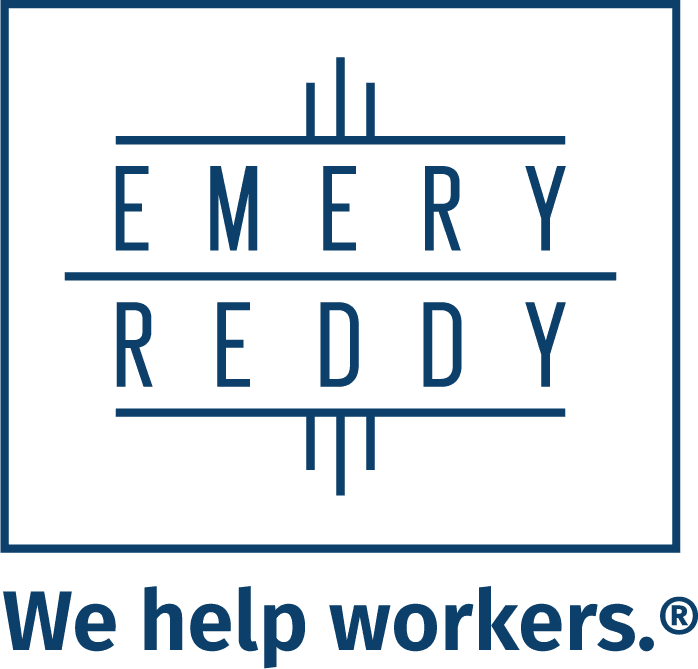What Is a Class Action Lawsuit?
A class action lawsuit is a legal procedure that allows a group of people with similar claims or grievances to join together and file a lawsuit collectively. Class actions are commonly filed when many individuals have suffered similar harm from the actions of a single defendant, such as a corporation or government entity.
Class actions serve several purposes, including efficiency, cost-effectiveness, and providing a means for victims to pursue justice when their individual claims might be too small to justify separate legal actions.
Class action lawsuits provide an efficient way to handle large-scale legal issues by consolidating similar claims into a single case. They can be complex and may take years to resolve due to the numerous legal steps involved.

How Do Class Action Lawsuits Work?
A class action lawsuit begins when one or more individuals, known as class representatives, identify a common legal issue that has affected a large group of people. The class representative(s) must have standing to sue, meaning they have personally suffered harm from the defendant’s actions.
Certification of the Class
Before a class action can proceed, the court must certify the class. This involves determining whether the case meets specific legal criteria for class certification. These criteria often include commonality (common issues of law or fact), typicality (the claims of the class representatives are typical of the class), adequacy of representation (class representatives will fairly and adequately represent the class), and numerosity (the class is large enough that individual joinder of members is impractical).
Notice to Class Members
Once the class is certified, notice is typically sent to potential class members, informing them of their inclusion in the lawsuit and their right to opt-out if they wish to pursue individual claims separately.
Discovery and Pretrial Proceedings
The case then proceeds to the discovery phase, where both parties gather evidence. Pretrial proceedings may include motions, depositions, and other legal processes to prepare for trial.
Settlement or Trial
The parties may choose to settle the case before going to trial. If the parties do reach a settlement, it usually requires court approval. If they do not reach a settlement, the case goes to trial.
Judgment and Distribution
If the court rules in favor of the plaintiffs, it may order the defendant to pay damages. The court will also determine how the damages should be distributed among the class members. This distribution may be based on a variety of factors, including the extent of each class member’s harm.
Appeals
Either party can appeal the court’s decision. Appeals may further prolong the resolution of the case.
Distribution of Awards
If the class wins the case or reaches a settlement, the court will oversee the distribution of awards to class members. In some cases, class members may need to file a claim to receive their share of the damages.
Key Elements and Characteristics of Class Action Cases
Commonality
Members of the class must have common legal or factual issues. This means that there must be shared questions of law or fact among the class members.
Adequacy Of Representation
The named plaintiff (or plaintiffs) must adequately represent the interests of the entire class. The court typically ensures that the representative plaintiff and their legal counsel are competent and have no conflicts of interest with the class.
Numerosity
While there is no fixed minimum number of people required for a class action lawsuit, courts typically assess these factors during the certification process. It’s important to note that class actions can involve a few dozen to potentially thousands or more class members depending on the nature of the case.
Typicality
The claims or defenses of the representative plaintiff must be typical of those of the entire class. This ensures that the representative’s interests align with those of the class as a whole.
Certification
Before a class action can proceed, the court must certify the class. This involves determining whether the case meets the necessary criteria for class action status.
Settlement or Trial
Class actions can result in a settlement or go to trial. If they reach a settlement, it typically requires court approval. If the case goes to trial, the court’s decision will apply to all class members unless they opt out.
Key features of class action settlements include:
- Compensation: One of the primary purposes of a class action settlement is to determine the compensation or relief that will be provided to the members of the class. This could be in the form of monetary damages, product recalls, changes in business practices, or other remedies.
- Distribution plan: The settlement agreement typically includes a plan for distributing the agreed-upon compensation or benefits among the class members. This plan may consider factors such as the extent of harm suffered by each class member.
- Court approval: Before a class action settlement becomes final, it must receive approval from the court overseeing the case. The court evaluates whether the settlement is fair, reasonable, and adequate for the class members. The judge considers the terms of the settlement, the interests of the class, and potential objections from class members.
- Opt-out option: In some cases, class members may have the opportunity to opt out of the settlement if they prefer to pursue individual claims. This option allows those who wish to pursue their own legal action to do so independently.
- Notice to class members: Class members must be provided with notice of the proposed settlement. This notice informs them of their rights, the terms of the settlement, and the process for opting out or objecting to the settlement. This ensures transparency and allows class members to make informed decisions.
- Attorney fees: The settlement agreement typically addresses the payment of attorney fees and costs. In many class actions, attorneys representing the class are awarded a portion of the settlement as compensation for their legal services. The court reviews and approves these fees to ensure they are reasonable.
- Release of claims: Class members who accept the settlement usually agree to release the defendant(s) from any further liability related to the claims asserted in the lawsuit. This is a crucial aspect of the settlement, as it provides finality to the legal dispute.
Distribution of Damages
If damages are awarded or a settlement is reached, the class will develop a plan for distributing the damages to the class members. This may involve a claims process where class members must submit proof of their eligibility for compensation.
Common Examples of Class Action Lawsuits
Class actions can cover a wide range of legal issues, including:
- Consumer protection,
- Securities fraud,
- Environmental damage, and
- Illegal employment practices.
Class actions play a crucial role in providing access to justice for individuals who might otherwise be unable to pursue legal action on their own. However, they also involve complex legal processes and require careful consideration by both plaintiffs and defendants.

Do I Need to Hire a Class Action Attorney?
If you believe that your workers’ rights have been violated, hiring an experienced Class Action attorney can be critical to receiving what you’re owed. They can help you determine if you and others have a case and what your options are. If needed, they can help you bring the case to court or help you negotiate a deal with your employer without ever stepping into a courtroom.
If you feel that you are owed damages, or if you have questions regarding class actions, call us. Emery | Reddy, PLLC has decades of experience in Employment Law and an unmatched record of helping Washington state workers get the justice they deserve in wage and hour violations. Call for a Free Case Review to speak with an experienced Intake Specialist and learn more about your rights. No fee unless we recover for you.
Are you Injured?
Contact Us Today
Contact Us for a FREE Case Review.
No Fee Unless We Recover for You.
Want More Information?
As a Washington state employee, you are entitled to several protections and benefits under state and federal laws.
A document review is a comprehensive consultation and analysis of your document’s legal language, context, and impact on your worker’s rights as an employee of Washington state.
Washington state law protects all people from discriminatory and unfair practices in the workplace.
We fight for you
Meet the Team
The Class Action Attorneys at Emery | Reddy, PLLC are passionate about helping workers with L&I claims and Employment and Labor Law issues. We help workers.® It’s our motto and what drives us every day.
We know how L&I and big companies think, and we understand the tactics they use. Our Seattle Workers’ Compensation and L&I Attorneys use that knowledge coupled with over eight decades of experience to help our clients get access to the L&I benefits to which they are legally entitled and hold employers accountable when they break the law.
If you’re struggling with a Washington state L&I claim, or legal issue at work, call us for a Free Case Review with an experienced Intake Specialist to learn more about how Emery | Reddy may be able to help. No fee unless we recover for you.
“Really awesome experience working with this company. Always responsive and always kept me and my people in the loop on what to expect next. I would recommend them to anyone I know going forward.”
— Nicole G.
Receive a
FREE Case Review







